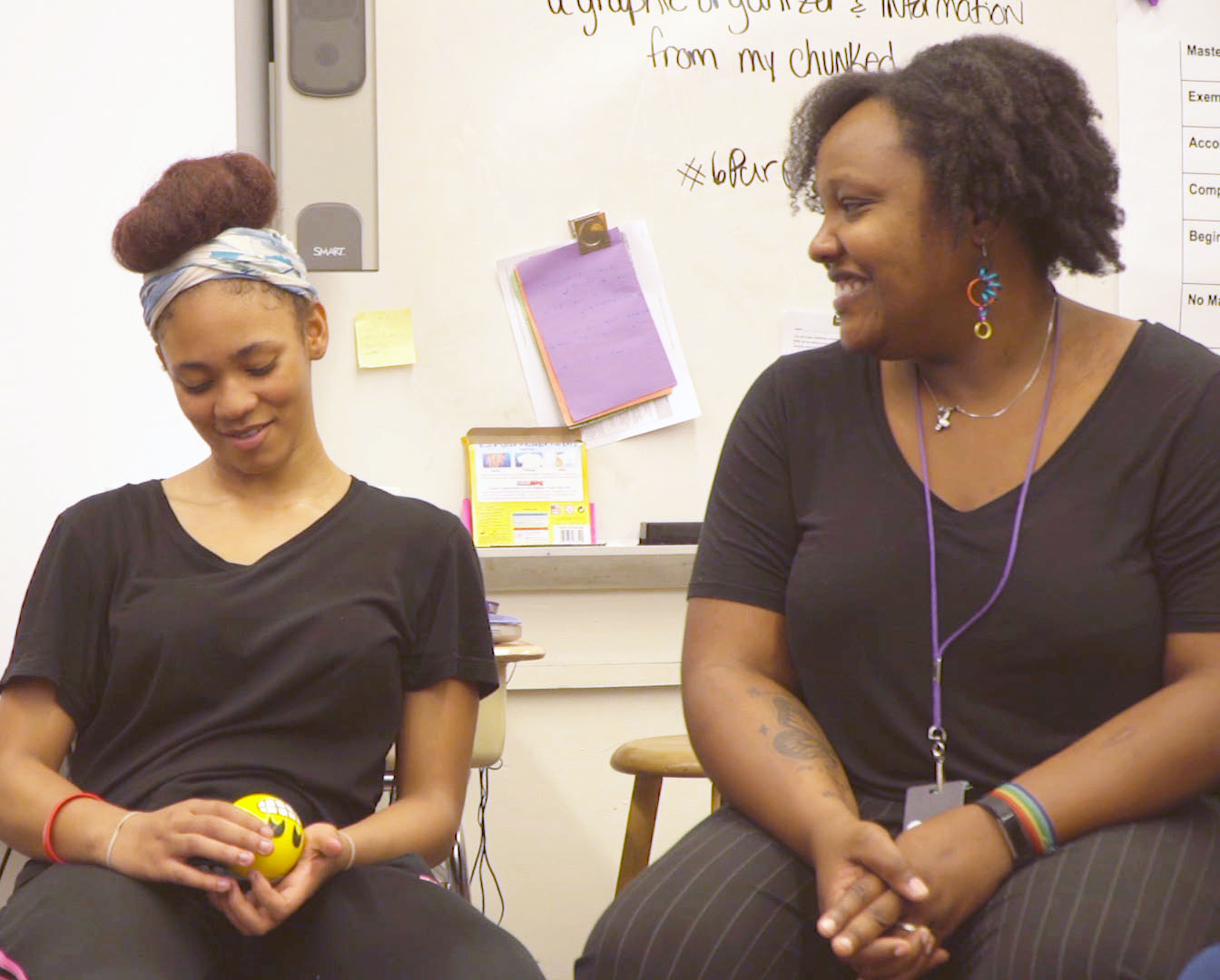What Do Restorative Consequences Look Like?
Restorative approaches, writes Morningside trainer Marieke van Woerkom in Principal Leadership, send a powerful message to students: “We want you here and we care.”
Restorative approaches, writes Morningside trainer Marieke van Woerkom in Principal Leadership, send a powerful message to students: “We want you here and we care.”
In her new article in Principal Leadership, Morningside Center senior trainer Marieke van Woerkom contrasts punitive discipline with restorative approaches, outlining 12 qualities of restorative consequences at their best. She writes:
“As schools move to replace punitive discipline policies with a restorative approach, educators often express concern about what the consequences will be for students who misbehave. They worry that restorative discipline is ‘soft,’ or, worse, that there are no consequences for problematic or harmful behavior.”
Within a punitive framework, the word “consequence” is used as a euphemism for punishment, notes Marieke. Though a punitive consequence “may send a message to students not to do this again, it doesn’t tell them why not to do it again, let alone how not to do it again. The goal is to deter, not to educate or repair.”
In contrast, restorative discipline encourages us to build and maintain relationships through community and skill-building circles, with restorative consequences as supports and reinforcement. This allows educators to send a different, powerful message: “We want you here and we care.”
